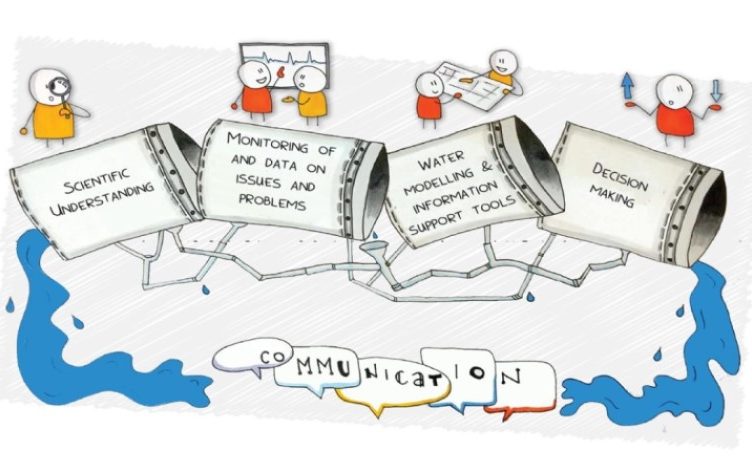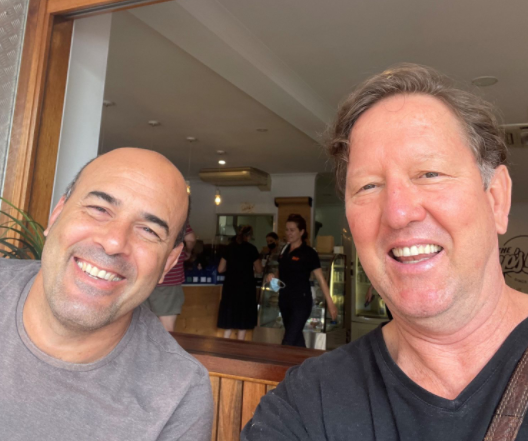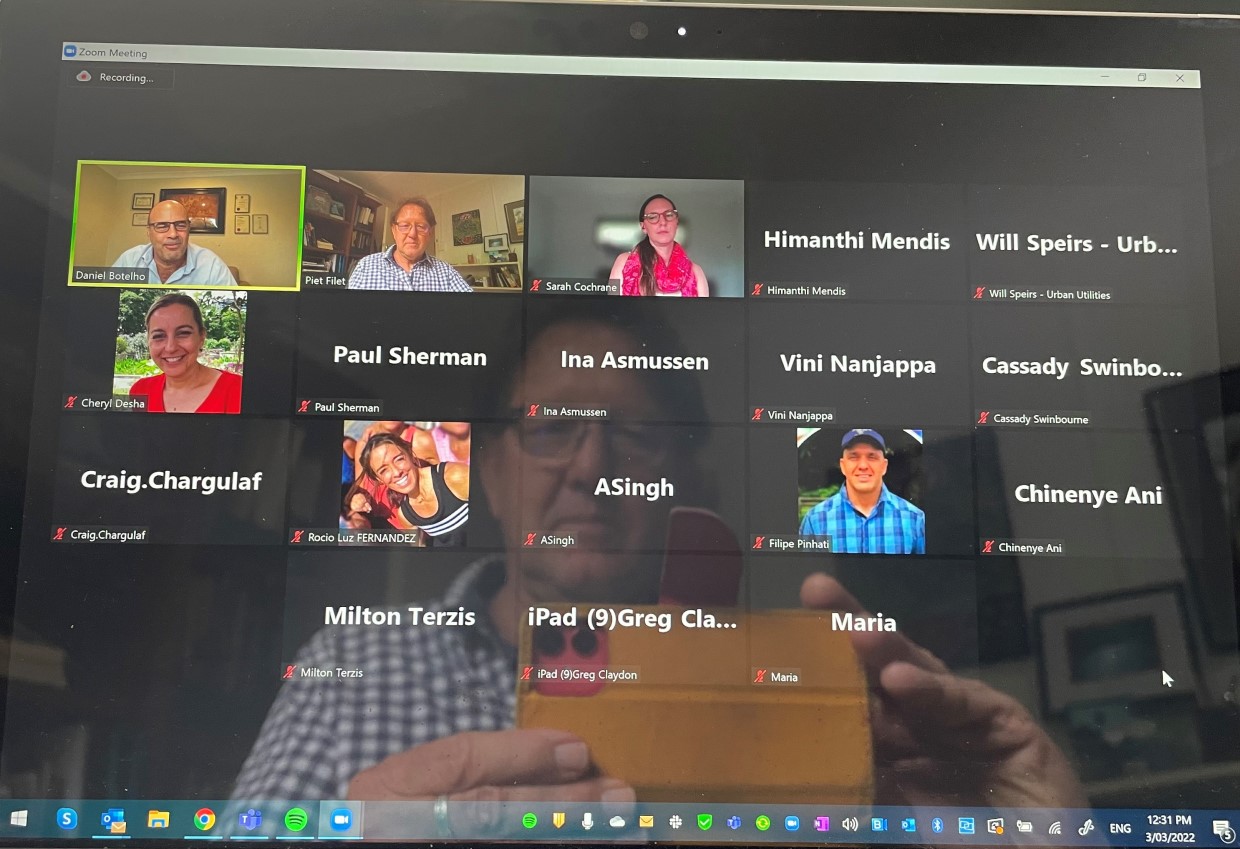
05/12/2024
Event Summary: Overview of water quality modelling projects from the Queensland Water Modelling Network with Callym Dunleavy
Read more
For Daniel Botelho, it has always been about water.
Daniel grew up in Brazil, in a river city like Brisbane, and spent a lot of his early years visiting the beach with family and friends. In his first job as a topographer, Daniel gained insights as to just how significant the impact of pollution was waterways, and how we use and interact with them. This passion for water, directed his interests with fluid dynamics and fluid mechanics taking centre stage and supporting his “peculiar” interest in modelling the stratification of water.

A day in the life of a Modeller
When it comes to water modelling, gaining a robust understanding of the purpose and context of the model is very important. Daniel highlighted that technical leadership among colleagues and being out in the field are key to ensuring a perspective of the scale of any model.
Much of Daniel’s work seeks to inform the water quality of a source or receiving environment. One interesting aspect for Daniel is how the physical environment dictates water quality and other ecological components. “Temperature, tides, and surface winds, often tell me where there will be water quality problem” – all happening within the physical parameters of the environment.
Data for modelling is usually collected by field personnel and is occasionally not available at all. In some cases, a model is required even before a system is in place, to understand treatment loads, for example. In all cases, modellers are required to make the most of the data available, work around their limitations and work together with clients or partners to check the model. This brings about uncertainty.
There are established methods out there for approaching uncertainty, however, these are not widely used or understood. For a receiving water model, quality checks are usually through peer review, with a 10-20% uncertainty remaining the norm for such a model. Machine learning is now being applied to catchment models to improve predictions, but other approaches, such as creating tipping points in the solutions and cross checking with reality link more effectively to decision making.
When responding to decision makers who rely heavily on models, modellers tend to be conservative, applying caution and using peer review to assess what is an acceptable level of uncertainty.

The Long Game
As technology evolves and commercial needs and imperatives also build, a shift is happening across sectors with increasing interest in energy storage and efficiency solutions such as, hydrogen production, and desalination. Industries seek to be “green” across their entire life cycle and more and more we are seeing nature-based solutions to create a net positive impact. This is now influencing the work modellers are engaging with.
To prepare the workforce of the future we require a coordinated approach to education and training. Success will come if we teach upcoming skills required to meet imminent demands. By bringing research together with industry and ensuring adequate on the job training across the sector, we can invest in our shared future.
If you would like to access the entire discussion please visit this link and use the passcode: G7V@jUce
Find Daniel Botelho on LinkedIn
Header image by Henry de la Mare